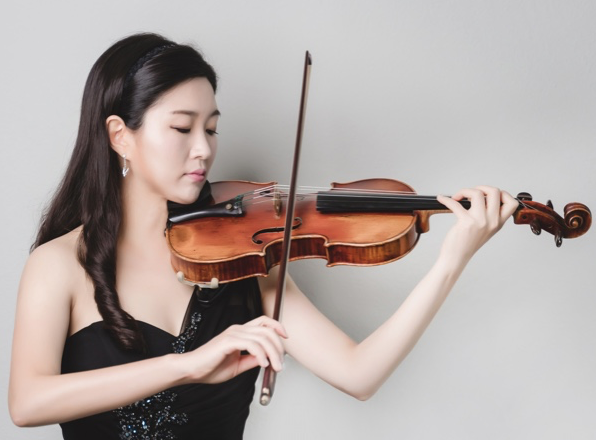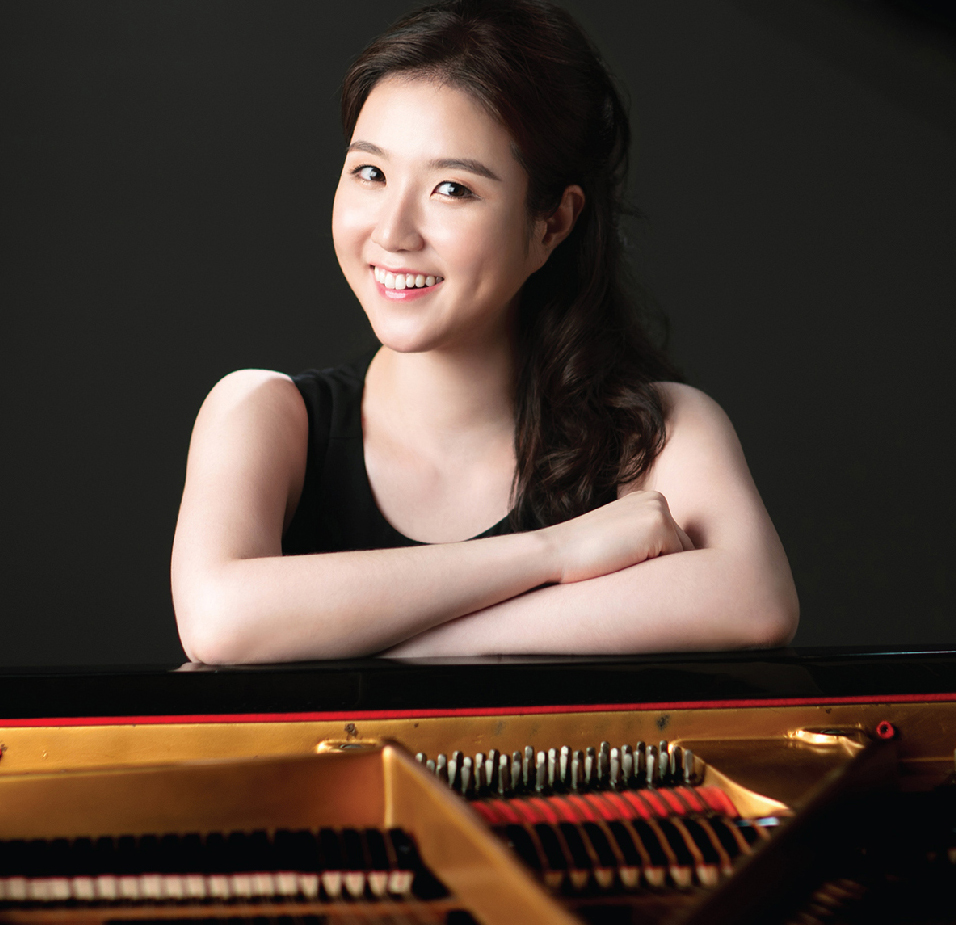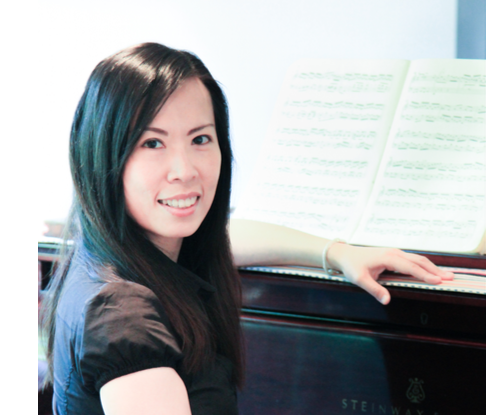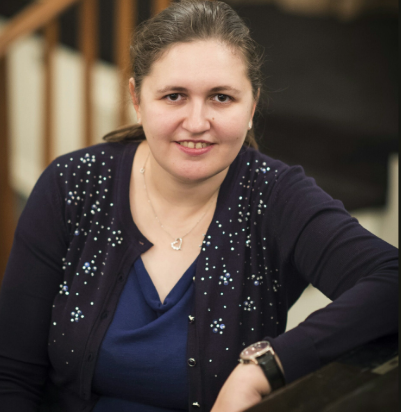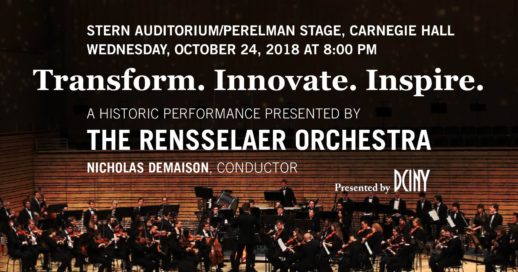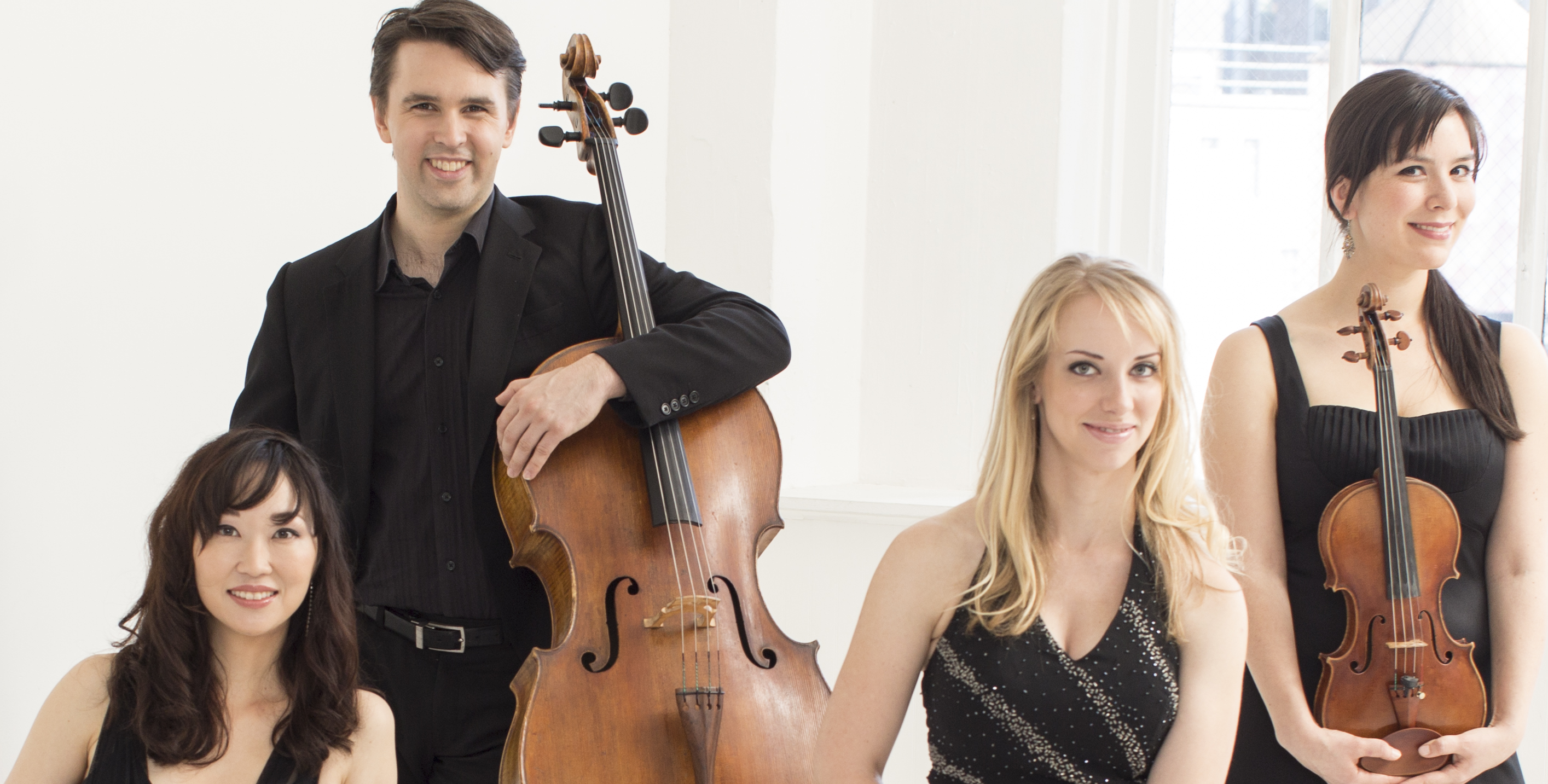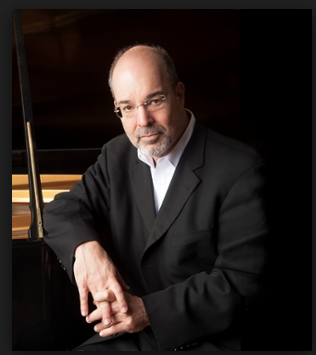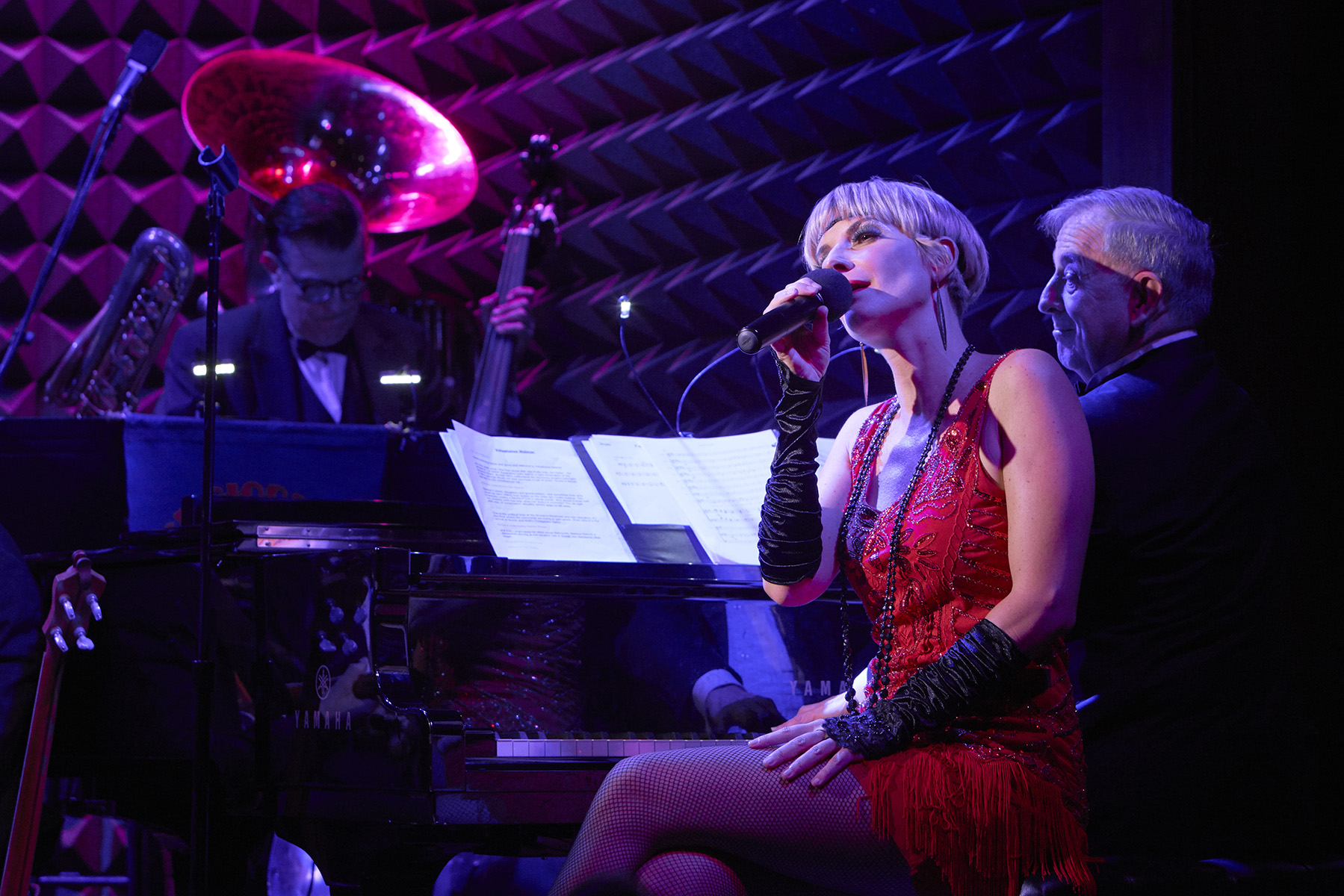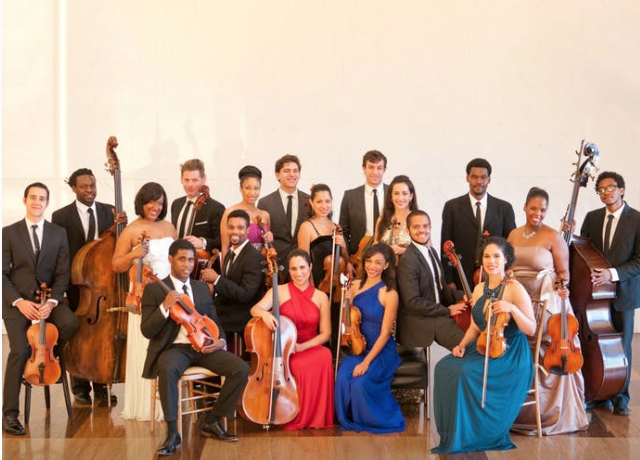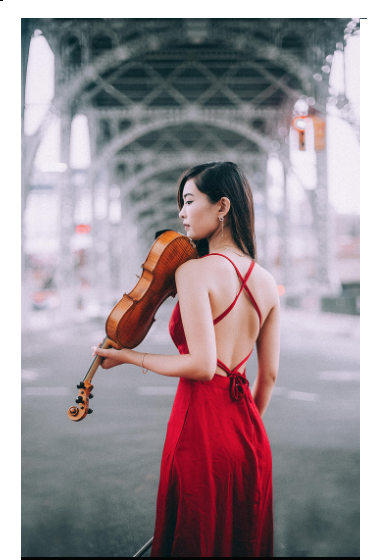Regina Shenderovich, piano
Weill Recital Hall at Carnegie Hall, New York, NY
October 30, 2018
It is a rare pianist who undertakes to play the entire Art of the Fugue (Die Kunst der Fugue, BWV 1080) of J. S. Bach, especially in live concert. The work is an approximately eighty-minute masterpiece of fourteen fugues (Contrapuncti) plus four canons, all based on a single somber theme in D minor which is given an encyclopedic range of treatments – inversions, augmentations, diminutions, elaborations, stretti, double, triple, and mirror fugues, and just about every imaginable compositional manipulation. It has long been studied by musicians as a model of counterpoint, but it has been considered by many to be too cerebrally taxing for concert audiences.
Ensemble performances, including performances by the Juilliard String Quartet and the Stuttgart Chamber Orchestra, to name two, have met with success, due in part to the clarity provided by differing instruments assigned to different lines. As the work was composed without specified instrumentation and in open score (just soprano, alto, tenor, and bass staves), it has remained uncertain how the work was intended to be played, though again some persist in theorizing that it was meant not to be played at all and is of purely theoretical value. A pianist performing it is thus faced not only with the colossal challenge of “merely” playing it, but also some persistent criticism of the very act of performing it.
Despite such a challenge (or because of it), some renowned keyboard artists have been drawn to perform and/or record the work, notable among them pianists Glenn Gould, Tatiana Nikolayeva, and Pierre-Laurent Aimard, not including harpsichordists and organists. More recent contributions have included those by Evgeni Koroliov and Angela Hewitt, but the numbers are still relatively few. We can now add another name to this list of intrepid musicians: Regina Shenderovich. For the reader wanting only to hear about her exceptional recital at Weill Hall and not about the work, one can skip the next paragraph – but meanwhile, there is one more challenge to discuss.
The earliest autograph of Die Kunst der Fuge (or KDF as it is abbreviated) stems from the 1740’s, but when Bach resumed work on it in the years prior to his death in 1750, he was suffering from a debilitating eye disease. J. S. Bach’s son, C.P.E. Bach, supervised its posthumous publication in 1751, but the final fugue, Contrapunctus XIV, had been left unfinished due to Bach’s death. (There were other questions linked with the publication as well, some attributed to C.P.E Bach and some to the engravers.) Performers have tackled the incompleteness variously. Some (including Glenn Gould and the Academy of St. Martin in the Fields) recorded it unfinished – one of music’s stranger experiences to hear this amazing music cut off mid-measure! Others have used completions composed by scholars, including one by Donald Francis Tovey in the early twentieth century and more recently the beautiful completion by Kevin Korsyn (as heard on pianist Craig Sheppard’s CD released just this past September). How would tonight’s pianist approach these challenges – and of course, how would she play it?
Enter Regina Shenderovich, walking onstage with modest, unassuming demeanor. She opened, amazingly, with yet another fugue, Mendelssohn’s Prelude and Fugue in E minor, Op. 35, No. 1, giving it an admirable performance (if perhaps adding unnecessarily to the program’s ample scope – the Bach was really enough for one evening)! After a brief break Ms. Shenderovich returned for the Bach, and what followed was simply spellbinding. Navigating this great work with undemonstrative lucidity and indisputable mastery, Ms. Shenderovich guided her listener expertly through this mind-boggling Bach journey. She is a musician of prodigious gifts, including a formidable intellect.
Not only was Ms. Shenderovich able to project each fugue subject with clarity, whether direct, inverted, in augmentation, or in whatever form, but she followed each line faithfully through to its conclusion as other layers intertwined. What is behind some of Ms. Shenderovich’s success is – aside from her exceptional mind – her highly developed finger technique, capable of projecting a theme dynamically and taming whatever contrapuntal brambles surround it. Of course, dynamic control was far from her only resource, as she delivered each entrance with sufficient variety of articulation to render the subsequent entrances vividly recognizable without the excessive dynamic emphasis that can quickly grow so tiresome.
Overall, Ms. Shenderovich achieved a transparency of texture, such that that one found oneself admiring the beautiful variety of countersubjects, episodes, and surrounding counterpoint rather than feeling prodded to check off “important” entrances as if one were birdwatching and labeling each sighting. One could always hear a fugue subject, but more aptly put, its presence was felt – and one was never bludgeoned with it.
There are undoubtedly pianists out there whose severity of approach convinces critics that the set should not be performed; it is a different story, however, when there is sincere dedication to the “Art” in The Art of the Fugue. Ms. Shenderovich’s performance, although far from the overt emotion of, let’s say, Glenn Gould, reflected a genuine and deep commitment to the music, and she made a compelling case for its performance on the modern piano.
It would be good to see Ms. Shenderovich continue to perform this work and possibly to record it at some point. Once an interpretation has reached such a high level, that is where the “magic” really begins, as the musician takes time to step back from it and return to it with even more life. There is already individuality in her interpretation – the freewheeling dancelike character of her Contrapunctus IX, the expressive lingering before some entrances (memorably in Contrapunctus X), and much more; one could, however, imagine even more color and “play” in the imitative lines towards the end of Contrapuctus XIII Inversus and other spots. The very open score nature of the music in fact encourages freedom of imagination, including vocal phrasing and nuance.
One hesitates, though, to suggest anything in the face of what was already such an enormous achievement.
Now, what about the work’s ending? Well, on this occasion Ms. Shenderovich chose to play the final Contrapunctus XIV in its incomplete version, but she softened that blow after a momentary pause by playing the chorale prelude Wenn wir höchsten Nöten sein (When we are in utmost need) also known as Vor deinen Thron tret ich hiermit (Before Thy Throne I now appear) BWV 668a. C.P.E. Bach had included this chorale prelude in the posthumous publication of The Art of the Fugue and faced some later criticism for a seemingly arbitrary decision – yet J. S. Bach was reported to be revising it in his last days, and that association led it to be known as the Deathbed Chorale. It seemed a justifiable choice to close the pensive evening, and Ms. Shenderovch played it beautifully. The entire concert was dedicated to the memory of Ms. Shenderovich’s mother, Polina Shenderovich, and the mood was fittingly meditative.
Incidentally, for those who wish to know, Ms. Shenderovich chose to play The Art of the Fugue with the score, though one doubts that she needed it. Surely no harm came from having the score there, except for the occasional nanosecond distraction of page-turning. Such details have many solutions, including computer page-turning from digitized score, but one half expects that Ms. Shenderovich will play the work again at some point without the score, as it is all surely a part of her.
This listener gave the performer a well-deserved standing ovation and only regretted that there were not more people present to enjoy and appreciate the concert. Granted, it was not a program for the uninitiated – certainly not one for junior’s first concert! – but it seemed criminal that there were any empty seats. Perhaps a performer who is inclined to devote the necessary attention to Die Kunst der Fuge is not typically one with the time or skills for marketing (get that pianist a manager!), but more could have been done to promote the evening. There was also nothing by way of written promotion of Ms. Shenderovich as a pianist on the program, and so one still knows little about her. Certainly nothing in a brief internet search prepared one for her tremendous abilities, just as nothing about her “just another day” stage presence did. It was all about Bach – and a beautiful experience because of it. Brava and encore!
by Rorianne Schrade for New York Concert Review; New York, NY

